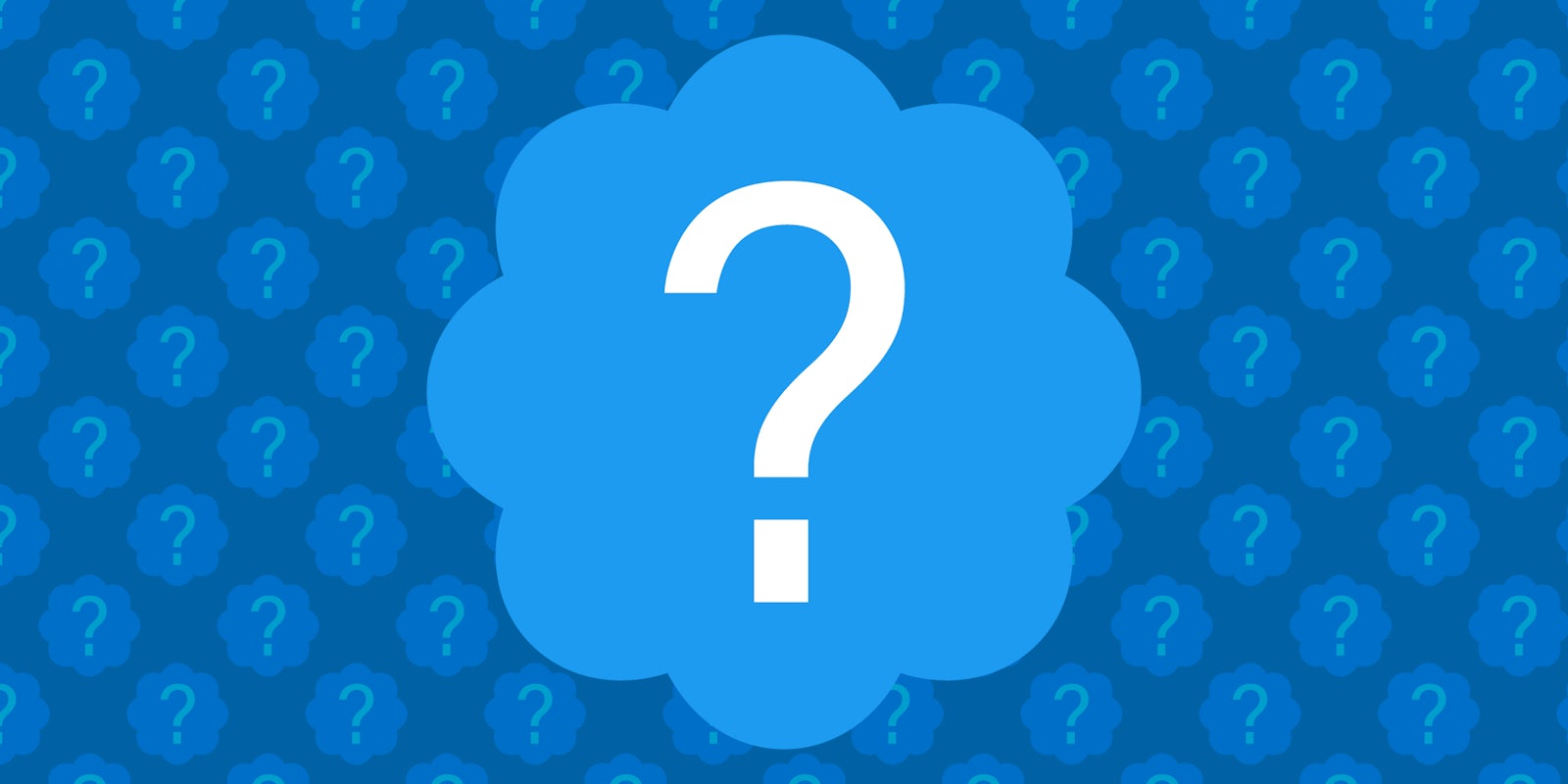The question of who gets a blue checkmark is one of the most visible problems of Elon Musk‘s tenure at Twitter—with increasingly ridiculous repercussions. This weekend’s update was impressively self-defeating, with Musk failing to implement his much-touted plan to make checkmarks a commercial status symbol.
Last week, Twitter announced plans to revoke verification badges from “legacy” verified accounts— including brands, celebrities, and media outlets—starting on April 1. After this (with a few exceptions) the only accounts with checkmarks would be Twitter Blue subscribers—a subscription service that costs between $8 and $11 per month for regular users, or $1,000 per month for “organizations” (which warrant a gold checkmark).
This idea was roundly mocked on the app, with several celebrities publicly stating they wouldn’t pay for verification.
To many users, the demise of legacy checkmarks seemed like a death knell for the app. Without verification, Twitter loses its cachet as a source of news and commentary from public figures. Misinformation and impersonation will thrive if you can’t tell at a glance whether an account is real.
However, the verification apocalypse failed to arrive on April 1, for reasons that only added to the Musk-related derision. According to the Washington Post, “Removal of verification badges is a largely manual process powered by a system prone to breaking, which draws on a large internal database—similar to an Excel spreadsheet—in which verification data is stored.”
So while people were envisioning a scenario where the more than 400,000 legacy verified accounts all lost their checkmarks overnight, very little has actually changed. Logistically speaking, Twitter appears incapable of following through on Musk’s promise. The one high-profile account that has lost its badge is The New York Times: A petty comeback from Musk himself, because the NYT publicly rejected the idea of paying for Twitter Blue. (“Oh ok, we’ll take it off then,” Musk tweeted, replying to someone highlighting the NYT’s still-extant checkmark on April 1.)
Over the weekend, several people used their legacy-verified accounts to poke fun at the controversy, changing their usernames to hijack brands like the NYT and the British Labour Party, or public figures like J.K. Rowling. It’s an effective illustration of why verification exists in the first place: As a safeguard against impersonation. (The fact that this overlapped with April Fools’ Day didn’t help.)
Very few legacy verified accounts appear to have lost their checkmarks, and there’s no visible difference between them and users who pay for Twitter Blue. If you click on a verification badge, a pop-up message reads, “This account is verified because it is subscribed to Twitter Blue or is a legacy verified account.”
There’s already some speculation that this message was designed to shield Twitter Blue subscribers from mockery, because so many users look down on those who paid for a checkmark. However, the difference still appears to exist within Twitter’s code, inspiring someone to create a GitHub script revealing which users are paying for their checkmarks.
Ever since he took charge of Twitter last year, Elon Musk has been trapped in a repetitive, self-created conflict between his own vision for verification (a profitable subscription service) and verification’s actual function on the site (a badge of authenticity). There’s no evidence that Twitter users want to pay for blue checkmarks en masse, so even if the April 1 checkmark deadline had panned out as expected, it still wouldn’t be a victory for Musk’s Twitter.



